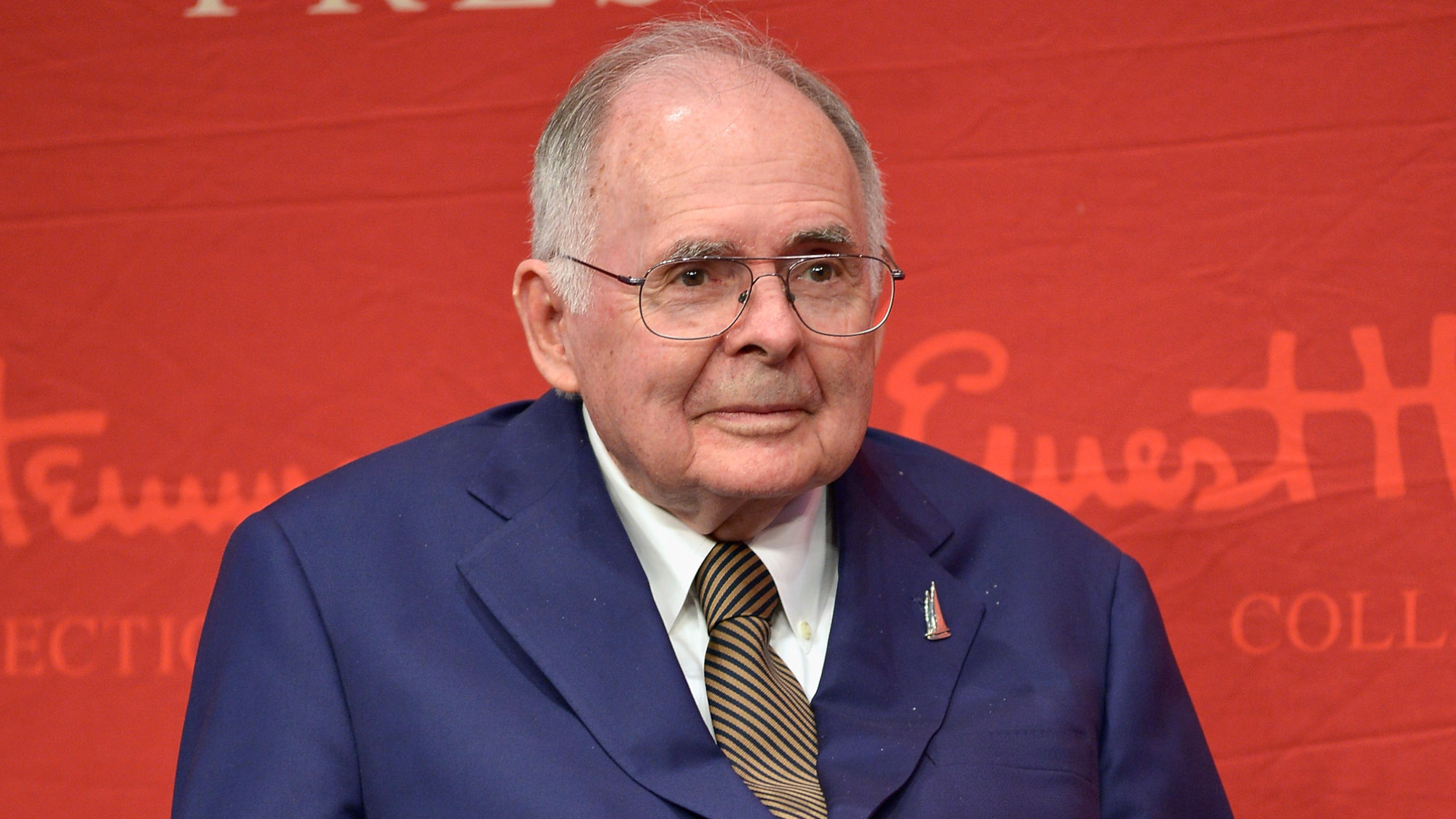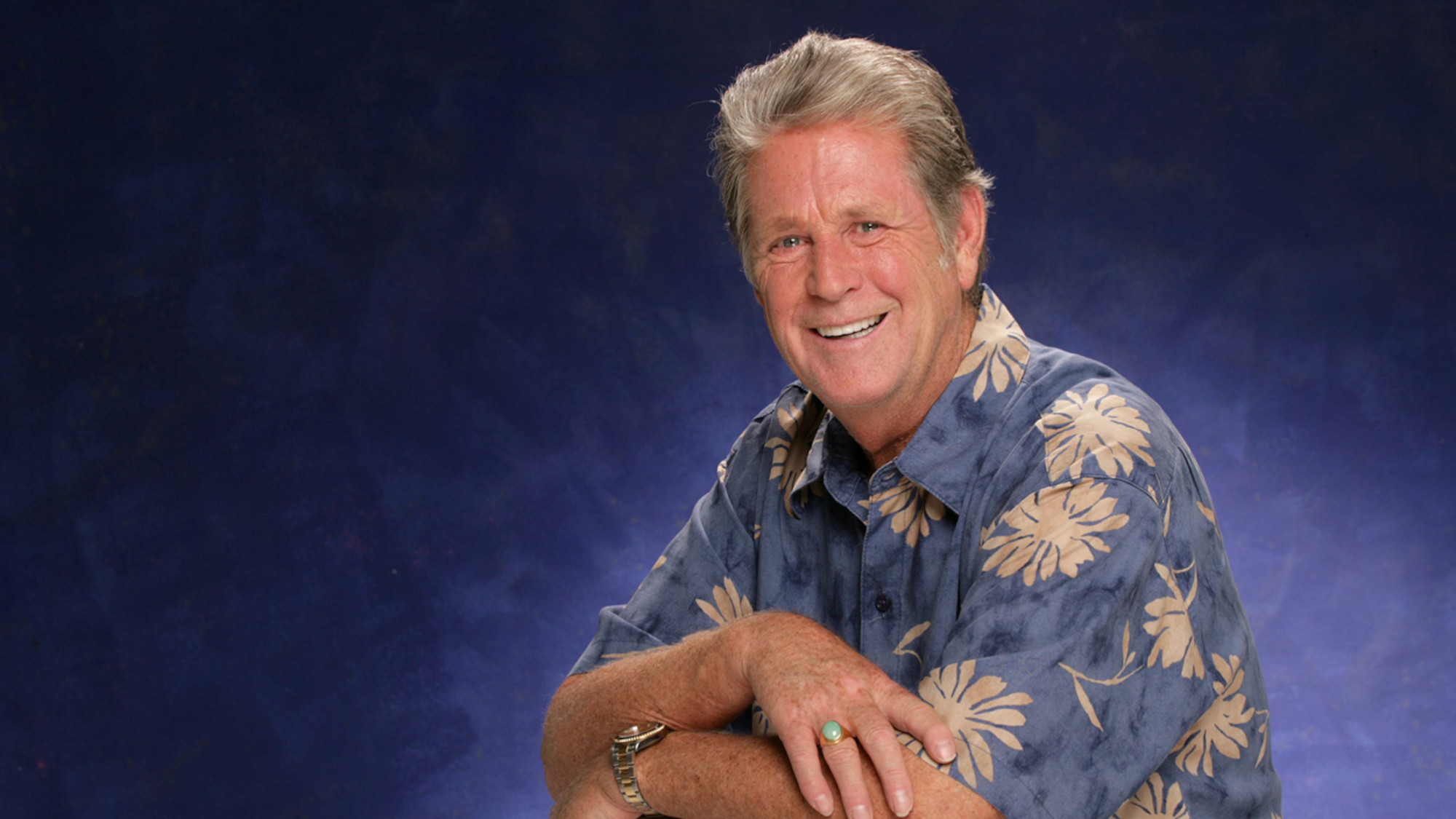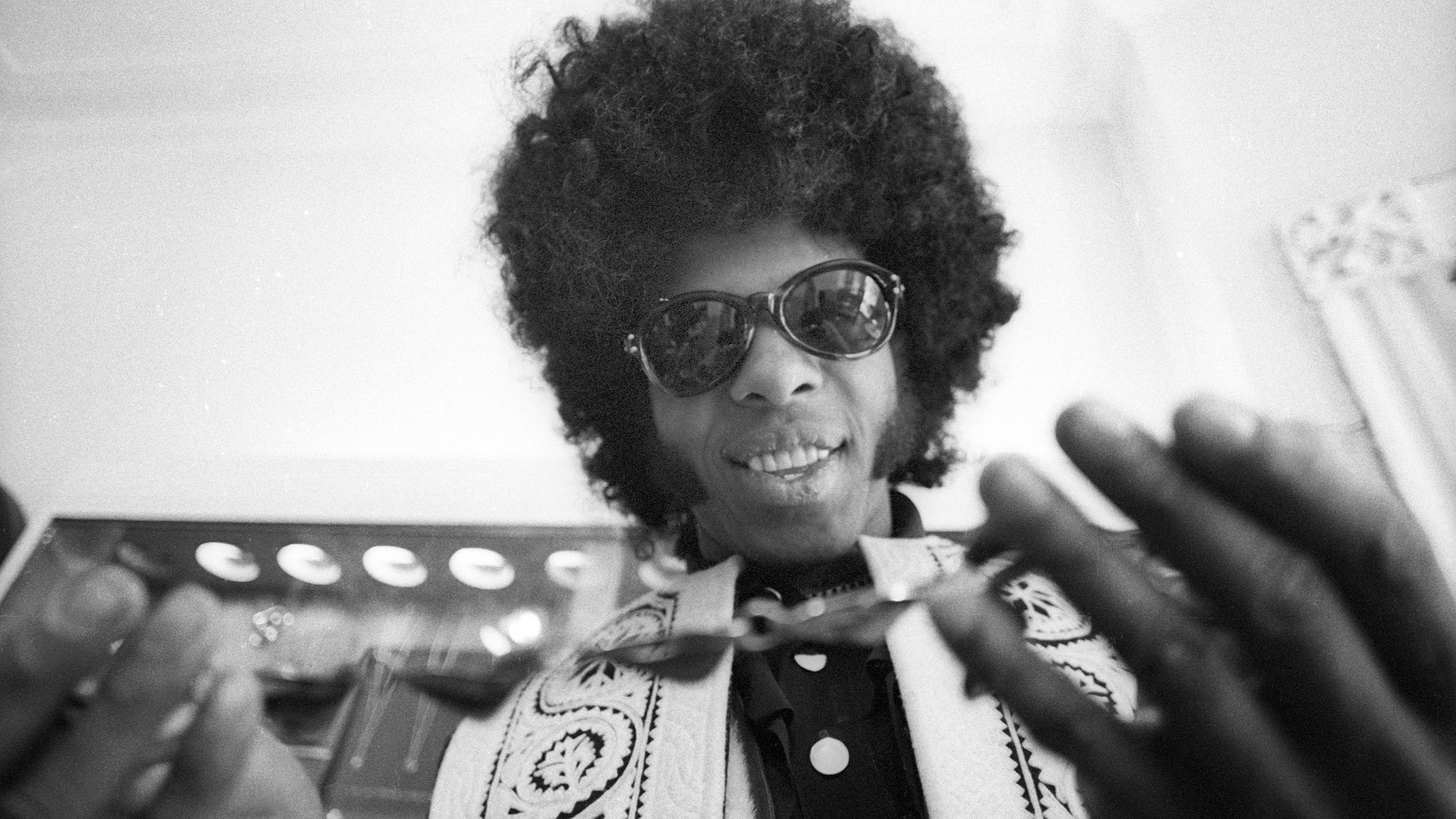Lester Shubin
The chemist who saved lives with Kevlar
Lester Shubin
1925-2009
In the early 1970s, chemist Lester Shubin was working as a Justice Department researcher when he learned of a new substance developed by DuPont that was intended for use in tires. Called Kevlar, it was described as “stronger than steel, lighter than nylon.” With Nicholas Montanarelli, a project director at Maryland’s Aberdeen Proving Ground, Shubin wrapped some of the fabric several times around a phone book and shot it with a .38 handgun. The bullets didn’t go through. Kevlar was soon being incorporated into bulletproof vests that would go on to save the lives of thousands of law-enforcement officers.
The Week
Escape your echo chamber. Get the facts behind the news, plus analysis from multiple perspectives.

Sign up for The Week's Free Newsletters
From our morning news briefing to a weekly Good News Newsletter, get the best of The Week delivered directly to your inbox.
From our morning news briefing to a weekly Good News Newsletter, get the best of The Week delivered directly to your inbox.
“Attempts at body armor had been around for thousands of years,” said The Washington Post. “Kevlar was different; it worked by deforming the bullet.” Shubin managed “to wrest $5 million in research money” from the Justice Department, and he and Montanarelli began developing prototypes. “They put their new vest over a gelatin mold to determine how a body might react to the impact of a handgun bullet, and then drafted, as test subjects, a series of unfortunate goats.” The results were impressive. But not until 1975—when “a Seattle police officer wearing a Kevlar vest walked in on an armed robbery in a convenience store and was shot at point-blank range” and survived—did other officers regularly don the vest.
Trained in chemistry at the University of Pennsylvania and Drexel University, Shubin settled in Washington, D.C., after World War II and worked for several high-tech companies before joining the government. Among his other accomplishments, said The New York Times, he hit upon using a converted Airstream trailer as a quarantine container for astronauts returning from the moon. He also pioneered the use of bomb-sniffing dogs. “We learned that basically any dog could find explosives or drugs, even very small dogs like Chihuahuas, whose size could be an advantage,” Shubin said. “Who’s going to look twice at someone in a fur coat carrying a dog?”
A free daily email with the biggest news stories of the day – and the best features from TheWeek.com
-
 Is it time to rethink the US presidential pardon?
Is it time to rethink the US presidential pardon?Talking Point Donald Trump has taken advantage of his pardon power to reward political allies and protect business associates, say critics
-
 Step into a fairy tale at San Ysidro Ranch
Step into a fairy tale at San Ysidro RanchThe Week Recommends This historic Californian hideaway is pure magic
-
 Best panettones for Christmas 2025: tried and tasted
Best panettones for Christmas 2025: tried and tastedThe Week Recommends Festive, fluffy and full of joy, these panettones provide magic in every bite
-
 R&B singer D’Angelo
R&B singer D’AngeloFeature A reclusive visionary who transformed the genre
-
 Kiss guitarist Ace Frehley
Kiss guitarist Ace FrehleyFeature The rocker who shot fireworks from his guitar
-
 Robert Redford: the Hollywood icon who founded the Sundance Film Festival
Robert Redford: the Hollywood icon who founded the Sundance Film FestivalFeature Redford’s most lasting influence may have been as the man who ‘invigorated American independent cinema’ through Sundance
-
 Patrick Hemingway: The Hemingway son who tended to his father’s legacy
Patrick Hemingway: The Hemingway son who tended to his father’s legacyFeature He was comfortable in the shadow of his famous father, Ernest Hemingway
-
 Giorgio Armani obituary: designer revolutionised the business of fashion
Giorgio Armani obituary: designer revolutionised the business of fashionIn the Spotlight ‘King Giorgio’ came from humble beginnings to become a titan of the fashion industry and redefine 20th-century clothing
-
 Ozzy Osbourne obituary: heavy metal wildman and lovable reality TV dad
Ozzy Osbourne obituary: heavy metal wildman and lovable reality TV dadIn the Spotlight For Osbourne, metal was 'not the music of hell but rather the music of Earth, not a fantasy but a survival guide'
-
 Brian Wilson: the troubled genius who powered the Beach Boys
Brian Wilson: the troubled genius who powered the Beach BoysFeature The musical giant passed away at 82
-
 Sly Stone: The funk-rock visionary who became an addict and recluse
Sly Stone: The funk-rock visionary who became an addict and recluseFeature Stone, an eccentric whose songs of uplift were tempered by darker themes of struggle and disillusionment, had a fall as steep as his rise